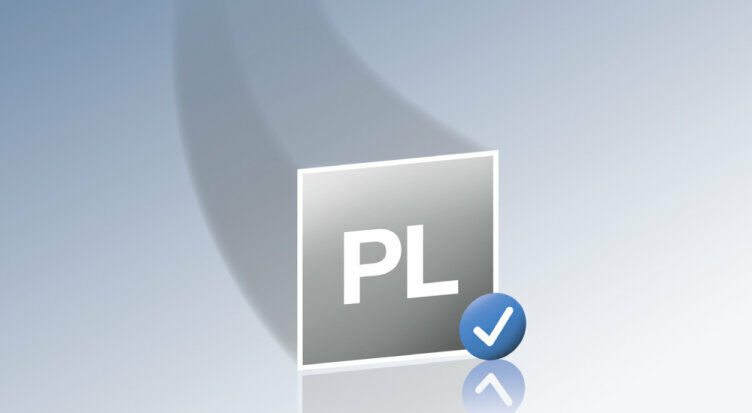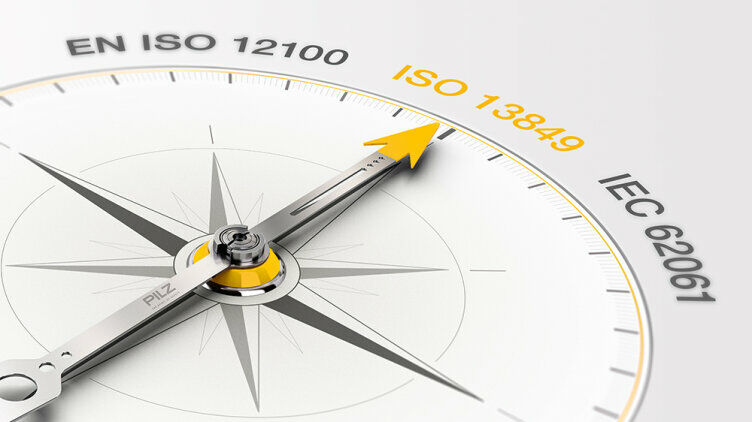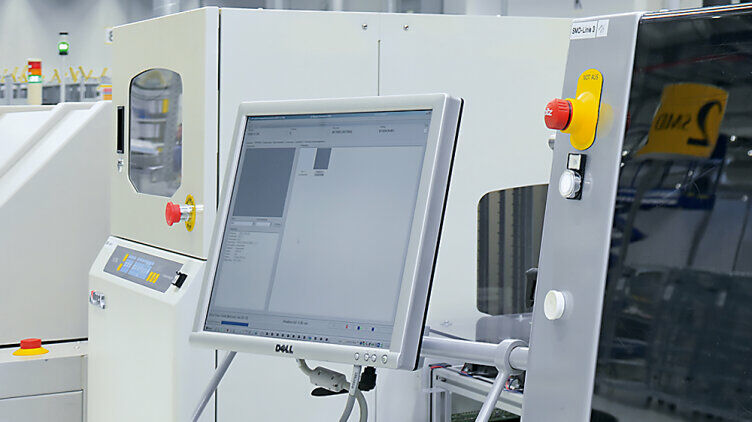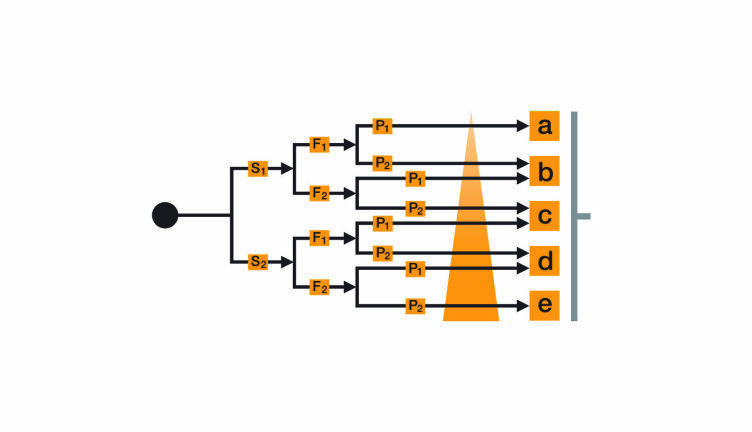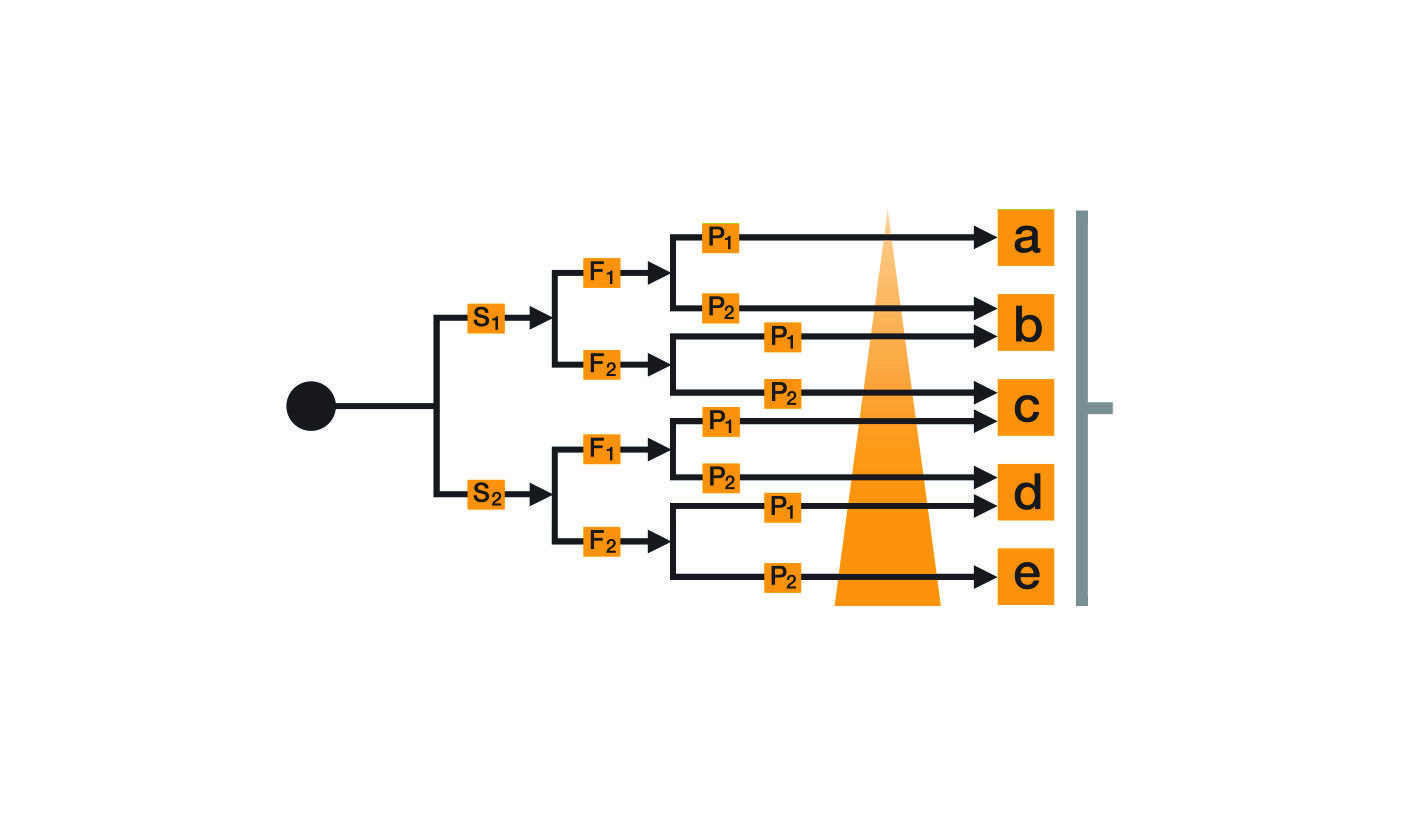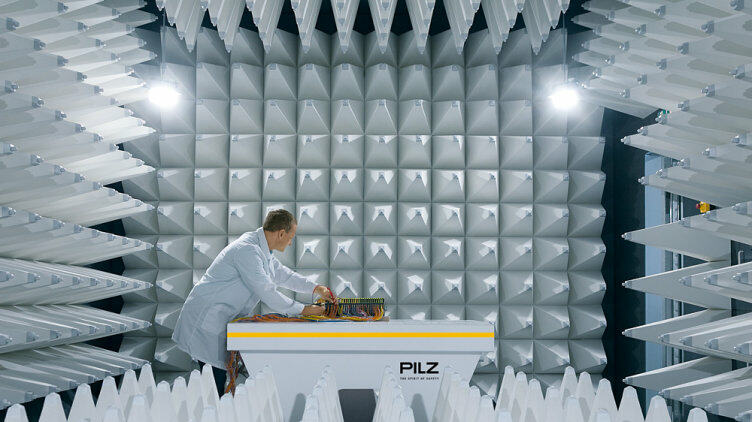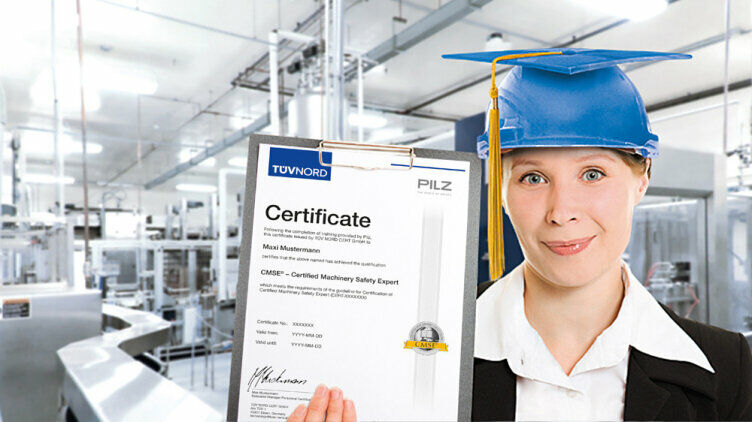The standard EN ISO 13849-1 is the basis for evaluating the safety of complex machine control systems. It is a basic functional safety standard and contains internationally unified requirements, referring to the determination of the required performance level and identification of safety-related control parts, through to implementation of safety functions. The standard is to be applied to safety-related parts of control systems, irrespective of the technology and energy used (electrical, hydraulic, pneumatic, mechanical). It describes the safety requirements of the design and integration of safety-related parts of control systems. Properties such as performance level – PLr are defined for these parts; properties that are required to execute specific safety functions.
The greater the risk, the higher the requirements of the control systems. The hazardous situation is classified into five levels, known as performance levels (PL), from PL "a" (low) to PL "e" (high). The required PL is determined and assigned as part of the risk assessment in accordance with EN ISO 13849-1.
